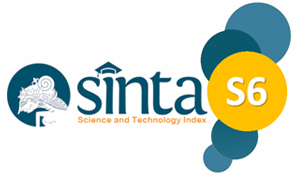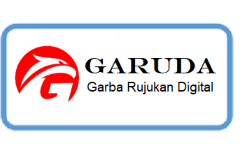PENGELOMPOKAN KABUPATEN/KOTA DI JAWA TIMUR BERDASARKAN INDIKATOR INDEKS PEMBANGUNAN MANUSIA MENGGUNAKAN METODE SOM
DOI:
https://doi.org/10.30587/indexia.v1i1.821Keywords:
Human Development Index, Clustering, Self-Organizing Maps.Abstract
Human Development Index (HDI) explains how residents can access development results in obtaining income, health, education, and so forth. HDI is based on indicators of health, education and decent living standards. In 2010 to 2014, the achievement of HDI of East Java province rose by 2.78 points from 65.36 into 68.14. But behind the development achievements of HDI, East Java province was ranked 21 out of 34 provinces in Indonesia. Three indicators have relevance in forming HDI value formation. In East Java province high and low HDI regencies or cities are shown only through a composite index, but it was not indicated where the dominant indicator of high or low rank on the HDI. Clustering regencies or cities based on indicators IPM needs to be done to ascertain the achievement of each indicator. Clustering method that can be used are Self-Organizing Maps (SOM). Based on the results of research and discussion conducted, for health indicator, 6 regency/city in the group of low, 12 regency/city in the group of medium, 16 regency/city in the group of high, and 4 regency/city in the group of very high. For educational indicator, 2 regency/city in the group of low, 15 regency/city in the group of medium, 13 regency/city in the group of high, and 8 regency/city in the group of very high. For educational indicator, 2 regency/city in the group of low, 15 regency/city in the group of medium, 13 regency/city in the group of high, and 8 regency/city in the group of very high. For decent living standard indicators, 2 regency/city in the group of low, 15 regency/city in the group of medium, 13 regency/city in the group of high, and 8 regency/city in the group of very high. For educational indicator, 4 regency/city in the group of low, 21 regency/city in the group of medium, 10 regency/city in the group of high, and 3 regency/city in the group of very high.



 Template INDEXIA
Template INDEXIA



